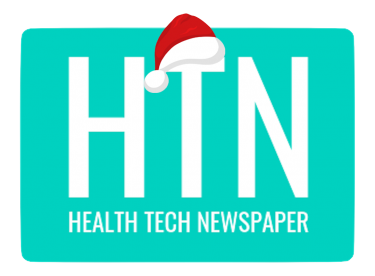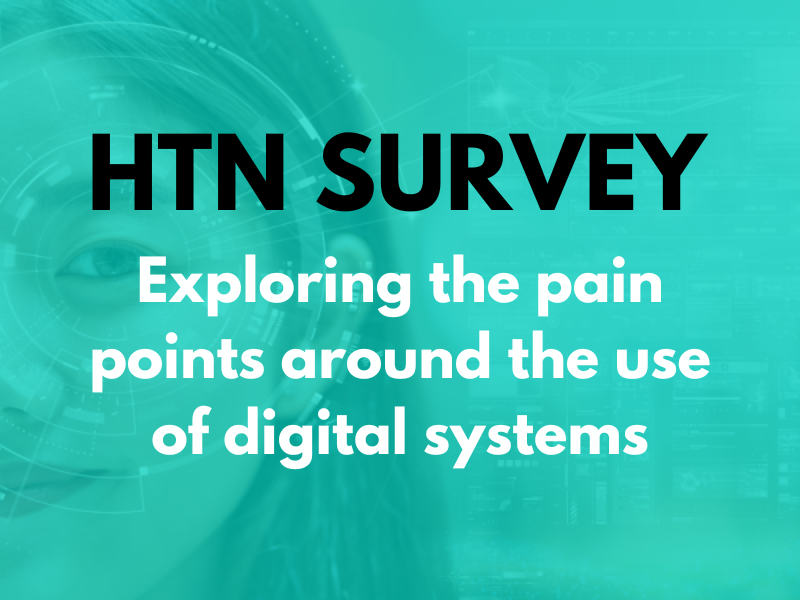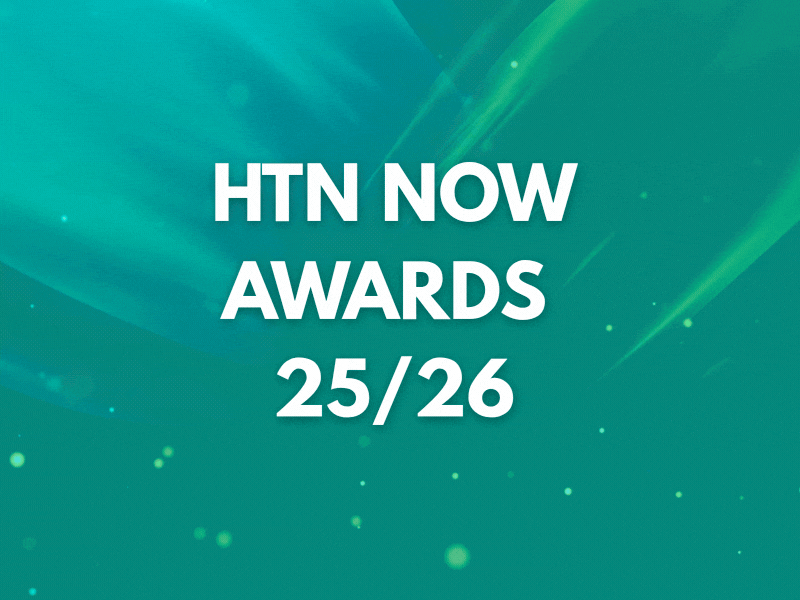Here, we present the finalists for the HTN Now Awards 2024 in the category of Health Tech Team of the Year.
Mid and South Essex NHS Foundation Trust
Overview: Pathology IT team revolutionises services at Mid and South Essex NHS Foundation Trust.
Why? MSEFT faced an aging, unreliable and non-standardised landscape of pathology systems across the region, with each organisation having different processes for requesting pathology tests and receiving results and reports.
What happened? There were four key programmes: upgrading the LIMS across sites; digitally consolidating order-comms for all sites; implementing digital pathology for cellular pathology and haematology; and consolidating all test results into one view. The strategy and business cases secured over £20m of external funding. Multiple organisations and disciplines were included in the governance structure. Communications strategies identified multiple channels to reach stakeholders across the ICS and stipulated regular updates. The team recruited digital champions, and 4,500 people completed training. A command centre closely monitored progress on go-live and early life support, reporting to senior management across the ICS, including the CEO. To ensure good uptake a team of floorwalkers were deployed to provide 24/7 support to users to use the systems. 95 percent of staff are using the systems. Uptake in digital use has increased from 33 percent in May 2023 to 80 percent in October 2024. GPs now request pathology tests electronically, eliminating paper referrals and improving quality. A 20 percent increase in efficiency gains has been achieved.
Looking ahead. With core technologies implemented, the team now focuses on consolidation and optimisation. They have gained national recognition leading to further NHSE funding, and have been highly commended by The Royal College of Pathologists.
South Yorkshire Primary Care Workforce & Training Hub
Overview: The team tested products of varying price, digital make up and readiness to see what fit for Primary Care by combining existing traditional teaching methods and schedules with the new tools to see if they brought additional capacity, improved engagement and embedded learning in a meaningful and powerful way.
Why? The issues around training Primary Care are many; lack of capacity to teach, lack of experienced supervisors, lack of facilities and space to host trainees, lack of investment into training… to name a few. This team set out to prove that with the use of digital tools they could mitigate some of these issues.
What happened? The team at the Hub has gone from knowing nothing about digital training tools to being one of the leading providers in the country in three short years. They have since joined ASPiH and are a key member of the Primary Care Special Interest Group bringing digital expertise to Simulation. Several training sessions were delivered to different cohorts of clinicians and trainees, using new digital training tools including immersive technologies. Each training session was evaluated, and a case study written around it for evidencing informed decisions. The testing of these tools started off with a baffling array of choices. To narrow these down, the team had to focus in on what the gaps in training were, what the issues were they were trying to solve, what was actually required. Evaluation has shown that trainees found value in a safe space to practice without fear of making a mistake in front of peers; the ability to practise conversations you wouldn’t normally get to; and a more visual learning experience.
Looking ahead. The knowledge amassed is now sought after by other organisations of varying sizes hoping to learn the benefits, pitfalls and value of products not only on the market now, but those that can be created in partnership with SMEs to cultivate a bespoke library of content fit for purpose.
Menwell Limited (t/a MANUAL, Voy, Menopause Care, Optimale, H3 Health)
Overview: Menwell Limited’s dedicated team of healthcare professionals bring the best care to patients, and see astounding patient results by focusing on patient experience and evidence-based medicine.
Why? The team set out to address the problem of accessibility to healthcare and fragmented healthcare journeys, on a mission to improve healthy life expectancy in the UK.
What happened? Our team have leveraged AI to build two key features: (1) an AI tool that supports patients when submitting health data. The tool assesses suitability of images and text submitted by patients accelerating the time it takes for patients to receive a healthcare decision, (2) an AI chatbot (Joy) that acts as a highly empathetic coach and behavioural change tool. We found patients who engaged with our chatbot lost 60% more weight compared to those taking GLP-1 medication alone. Our team have built dynamic operational models that allowed us to bring wait-times for patients down from 3+ weeks at the beginning of 2023, to 24 hours. Voy, an outcomes-driven weight loss treatment program, has meant patients are 3x more likely to achieve 10 percent weight loss than when on medication alone; and 2x more likely to achieve a 15 percent weight loss than when on medication alone. 92 percent of patients lose weight within three months, with an average loss of 15.4kg by month six.
Looking ahead. The team plans to launch CPD courses on low testosterone in partnership with Royal Colleges to elevate education around men’s health and testosterone deficiency; expand research collaborations, and tender for weight management services in the NHS to bring our scalable platform capabilities to support the NHS.
The Walton Centre NHS Foundation Trust, Cheshire and Merseyside Rehabilitation Network (CMRN)
Overview: The development of a network collaborative Rehabilitation Coordination Service provided a streamlined and efficient model for the utilisation of data in the management of 103 beds; supporting timely and appropriate access to specialist rehabilitation for patients across Cheshire and Merseyside.
Why? Cheshire and Merseyside faced pressures on specialist rehabilitation provision following traumatic injury or illness, constraints on bed capacity and patient flow and challenges with existing pathways.
What happened? By having a dedicated team of rehabilitation coordinators, redeveloping processes and utilising analytical insights, the CMRN established a Rehabilitation Coordination Service (RCS) as an optimised operating model to proactively manage demand and maximise capacity. The RCS offers timely assessment, maintaining the KPI target with 90 percent of patients assessed within 3 days by use of a Single Point of Contact for referrers from referral through to admission. It also supports an improved admission process, with over 80 percent admitted within 14 days target, thereby relieving pressures on acute beds/wider system and optimising patient clinical outcomes and experience. It offers reliable and visible data shared via bed occupancy through daily situational reports, weekly referral meetings and weekly patient flow huddle; and increased compliance with 100 percent of patients having an expected date of discharge (EDD) which is a key driver for demand, capacity and discharge planning. The RCS delivers a CMRN wide bed management function. A database has been developed to collect and present data with operational and clinical focus, in a visual and easy-to-digest format providing situational awareness at ward and network level to better understand demand, capacity and activity to drive efficiencies.
Looking ahead. The team hopes to continue to drive improvements utilising the RCS and the data and insights it shares.
Interweave
Overview: Interweave is the brand name of the Shared Care Record solution supporting five Integration Care Systems in England. The platform, and IP of the technology, is owned by the ICSs in a unique and sustainable partnership model supported by the principles of open standards and vendor neutrality.
Why? The variation in digital maturity across the health and social care system presented challenges in creating a ‘single source of the truth’. We found disparate, legacy systems lacking interoperability and a lack of standards.
What happened? The team addressed this by helping providers map their data to FHIR, and commissioned vendors to assist where local expertise was lacking or alternative priorities prevailed (especially during COVID). Following the first phase wave of data provision, it became clear that the Care Connect FHIR standard was too flexible, making it very difficult to blend data from multiple sources. Our approach was to develop our own FHIR Implementation Guide which is now embedded across regions areas and includes new social care profiles. The buy-in of patients as stakeholders has been a core input and many patient engagements have been conducted, including through workshops, surveys, public awareness campaigns, and more. Efficiency savings in Year 1 in Humber & North Yorkshire ICS: access to GP Connect in three Acutes: £832k; reduction in unnecessary hospital admissions for end-of-life patients: £387k; time savings in Primary Care by removing the need to be contacted by third parties to obtain patient information: £493k; and reduction in the number of unnecessary Ambulance conveyances to hospital: £81k. Total annual savings across all metrics were calculated at £2.1million.
Looking ahead. The team remains committed to supporting the joining up of information for health and care professionals across the NHS.
Cogniss and Health Innovation East
Overview: The Digital Health Hub: A partnership with Cogniss and Health Innovation East to create a digital health innovation ecosystem across the UK.
Why? Hurdles including cost and a lack of expertise hinder the NHS’s ability to develop the personalised, sustainable technologies needed to address national and local health priorities.
What happened? The centrepiece of the partnership is the Health Innovation East Digital Hub: an innovation sandbox platform that supports up to twenty healthcare innovators per year to design, develop, and commercialise patient-facing health applications. Support includes access to Cogniss’ no-code platform, which allows innovators to build and test fully functional apps; end-to-end expert guidance; and sponsorship opportunities. The first cohort, launched in September 2024, features nine innovators tackling diverse health challenges—from frailty and ME/CFS to culturally sensitive neonatal care, podiatry, and rehabilitation for brain injuries. Health Innovation East’s team has been trained to use Cogniss and developed an internal tool that assesses innovators’ needs and provides tailored toolkits to address gaps in their development process. Joint webinars, masterclasses, and workshops have helped disseminate expertise across NHS organisations and SMEs.
Looking ahead. The collaboration has already delivered tangible results for the first cohort of innovators and laid the groundwork for future growth. As applications open for the second cohort, the partnership’s potential continues to grow.
Insource Limited
Overview: NHSGGC required a responsive system that efficiently supported data collection, aggregation and could be used for clinical management, surveillance, evidence generation and policy development.
Why? NHSGGC’s existing cancer waiting times tracking legacy system was time limited, causing significant challenges for reporting which required manual manipulation to provide retrospective static snapshots. The version of PP+CPM used in NHS Highland, required development to meet NHSGGC requirements.
What happened? NHSGGC’s Project Team successfully delivered the implementation of PP+ Cancer Pathway Management in only 7 months. Powered by the Unified Data Layer (UDL), the application provides real time visibility of the full cancer pathway to end users without a requirement to integrate source systems. Dynamic escalation is unlocked, allowing for timely interventions to deliver shorter waits and help prevent breaches. Staff spend less time obtaining data and producing reports, estimated at 76 hours savings per week. Early indications demonstrate a significant reduction in the number of patients waiting over 100 days from cancer diagnosis to treatment. The whole team, led by Dennis Betts, demonstrated an extraordinary commitment to successfully deliver the technical and transformational elements of the project in record time. Dennis worked sensitively at managing the complexity of the digital transformation programme, engaging with all stakeholders to ensure that the programme realised more than the anticipated benefits. The team built up an excellent working relationship with Insource as the supplier of PP+CPM allowing superb collaboration across departments. You would struggle to find a more dedicated team that covered so many different departments with such a can-do and collaborative attitude, who were determined to deliver real transformation for their organisation. To deliver the full procurement, development and implementation of a new technical solution in record time, allowing the legacy system to be switched off, was testament to this team approach and Dennis’s leadership.
Looking ahead.The NHS GGC team continue to work with Insource to further enhance functionality and the reporting capabilities of the application, which is further evidence of the team’s commitment to foster a culture of digital transformation with the mission to improve patient care within NHSGGC and wider across Scotland.
Tree View Designs
Overview: Tree View Designs build and maintain professional, accessible, and compliant websites. Our expert team works as an extension of their practice, seamlessly handling updates so healthcare teams can focus on patient care—stress-free and always compliant.
Why? In today’s digital age, healthcare providers face the challenge of creating a trustworthy and secure online presence. Tree View Designs is the digital lifeline they can count on, providing an ‘online front door’ that patients can trust.
What happened? Founded by Paul, an NHS IT Manager in 2009, Tree View Designs has grown into a reliable partner for healthcare providers, offering exceptional website support and design services across the UK. Despite working remotely, our team functions as a cohesive unit, ensuring seamless, high-quality service every day. Whether a practice is in England, Scotland, or Wales, they receive the same expert care. Our dedication goes beyond quick fixes; we ensure every task aligns with best practices in accessibility. When new content needs to be uploaded, we don’t just check a box. Instead, we educate and collaborate. We pride ourselves in creating what individual practices need and whilst we have standard templates for practices, we will work to create what is the best fit for their practice. Customer satisfaction is at the heart of everything we do. Of the 4,151 feedback submissions we’ve received, 99 percent are overwhelmingly positive. That’s no accident—it’s the result of unmatched dedication and teamwork.
Looking ahead. Tree View Designs plans to continue supporting healthcare teams with exceptional support and design services.
Suffolk and North East Essex ICB
Overview: SiSU Health stations have been rolled in appropriate community settings across SNEE ICS, making them easily accessible to a wide range of individuals. The stations provide an opportunistic self-service health check to monitor: BMI, Blood Pressure, Heart Rate, Body Fat, Stress, Alcohol & physical activity risk.
Why? The national ambition is for 80 percent of people with high blood pressure to be identified and treated by 2029. Public Health data is published annually and for 22/23 is showing a value of 68.9 percent against a target of 80 percent. SNEE knew we needed a significant shift in identification to meet this target going forward.
What happened? NHS SNEE ICB partnered with SiSU to supply health stations across the ICS, to provide an opportunistic 4 minute health check, with no appointment or supervision needed. The core aims of the project have been to identify and treat undiagnosed hypertension as well as provide knowledge and education to our population on self-management and healthy living techniques. Utilising population health data and local knowledge has helped us target specific areas of the population and areas of geography. We have linked with local wellbeing services and included a signposting to local weight management and smoking cessation offer leading to additional outcomes, engagement and making every contact count with our population. Population health data provision providing detailed insights into the health risks population health trends in the community has been a key factor, mapped with local knowledge and clinical input has helped us identified sites for the units and these are shared with the public. Each health station will deliver an NHS saving on potential future stroke costs alone, estimated at £400,000 per health station per year. The cost per unit for 12 months is around £10,000, compared to a Healthcare Assistant salary cost this is more cost effective and frees up clinical time with the need for less blood pressure checks and time investigating a persons health need.
Looking ahead. The health stations will continue to deliver 4 minute health checks to tackle undiagnosed hypertension and share health information with local communities.






